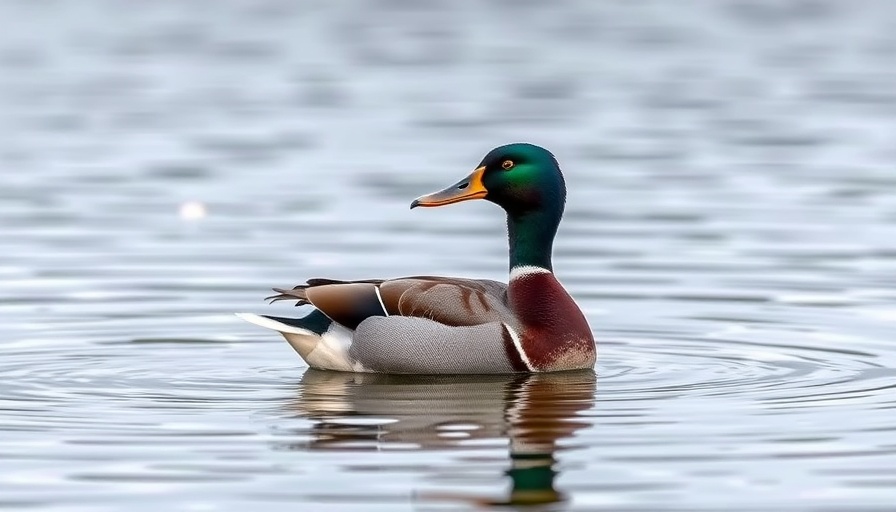
Urgent Call for Conservation: The Crisis Unfolding in Duck Populations
The newly released 2025 U.S. State of the Birds report casts a stark light on the challenges facing avian species across the country. Particularly alarming is the notable decline in U.S. duck population, which has seen a significant drop of approximately 30% since 2017. This reduction is primarily attributed to the loss of essential grassland habitats and ongoing drought conditions affecting the Great Plains’ wetlands. Conservationists and scientists alike stress the urgent need for targeted action to protect these vital ecosystems.
Understanding the Reasons Behind Duck Population Declines
The trends observed in duck populations reflect deeper environmental issues that impact all bird species. According to the report, over 112 North American bird species have lost more than half their populations over the past five decades. The loss of suitable breeding and feeding habitats is a critical factor. As habitat areas dwindle, the challenges for ducks and other species intensify, leading to decreased numbers that threaten biodiversity.
The Economic and Health Benefits of Bird Conservation
Beyond the ecological implications, the report highlights the economic significance of bird conservation efforts. Approximately 100 million Americans partake in hunting and bird-watching activities, which directly contributes over $280 billion to the U.S. economy and supports over 1.4 million jobs. Engaging with nature, particularly through birdwatching, is also linked to improved mental health and overall well-being. Research indicates that such interactions can reduce stress and anxiety, underscoring the intrinsic value of wildlife conservation.
Future Predictions: Can We Reverse the Trend?
Looking ahead, experts posit that with strategic intervention, duck populations can be restored. Conservation successes from the past, such as the recovery of bald eagles and ospreys, offer a hopeful framework. Organizations like Ducks Unlimited advocate for science-based conservation practices that have shown effective results. By investing in habitat restoration and diversifying conservation strategies, there is potential to not only stabilize but also revitalize duck populations.
Grasslands and Their Critical Role in Ecosystem Health
The decline in grasslands is part of a broader agricultural landscape that requires urgent reform. Grassland habitats are essential not only to ducks but to numerous other species. Consequently, protecting and restoring these environments will be crucial in supporting diverse wildlife and consequently, human wellness. This relationship highlights the interconnectivity of our ecosystem—what benefits birds, benefits humanity.
Taking Action: Opportunities for Community Engagement
The state of bird populations is a call to action for communities across the U.S. Engaging in conservation efforts—whether it be through local birding events, supporting related organizations, or participating in habitat restoration projects—can empower individuals and foster a deeper connection to nature. Residents can also support health and wellness initiatives that promote outdoor activities and environmental stewardship.
Conclusion: What We Can Do Today
With the recent report underscoring the urgency of action, now is the time for individuals and communities to unite for conservation efforts. By understanding the importance of duck populations and the habitats they rely on, we can take informed steps towards effective action that benefits both wildlife and human communities.
 Add Element
Add Element  Add Row
Add Row 




Write A Comment